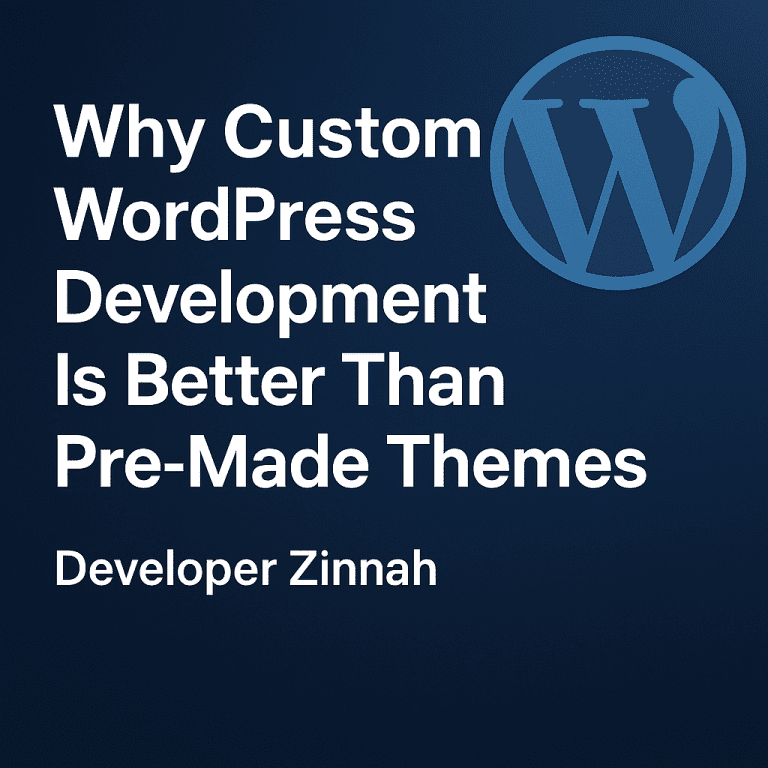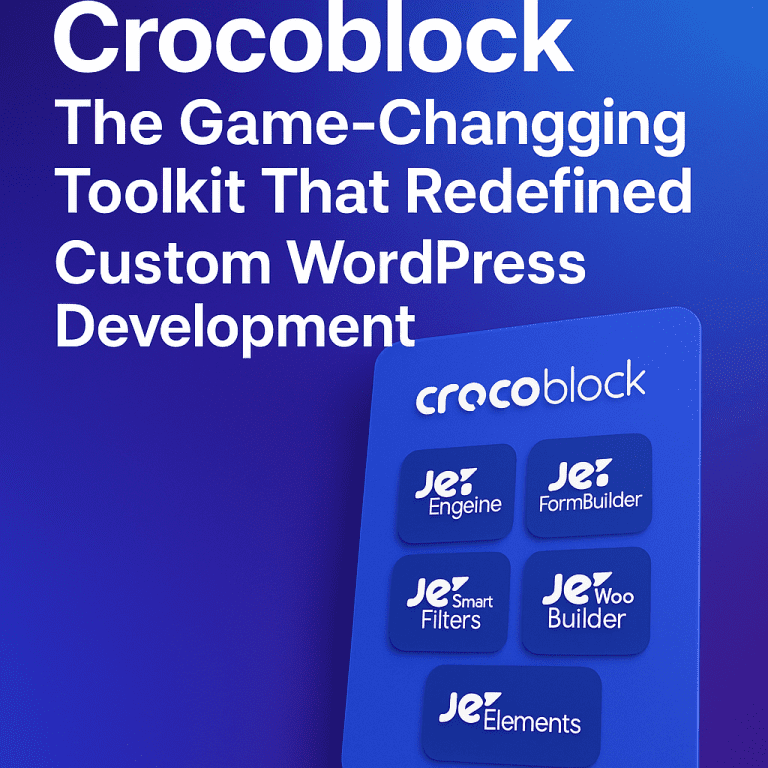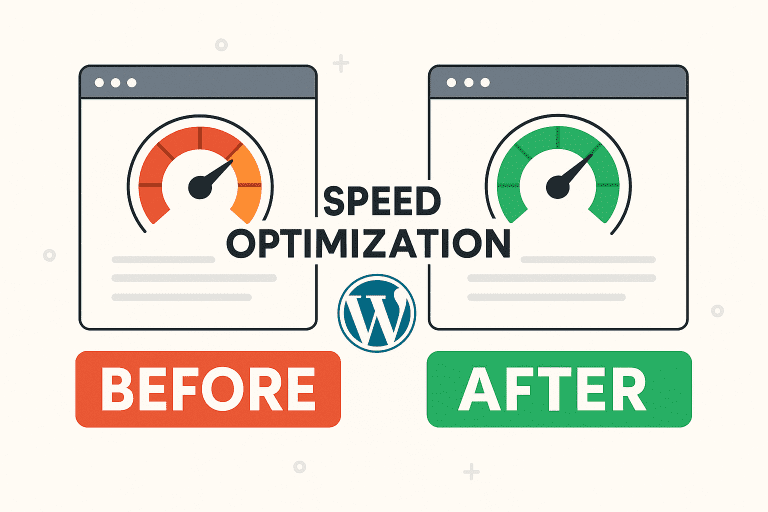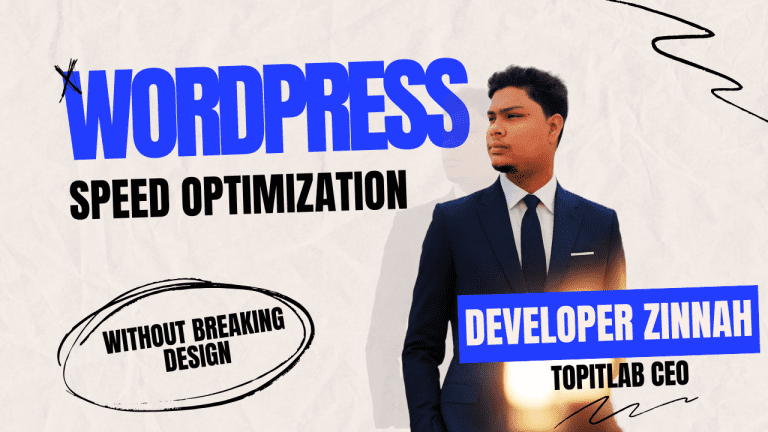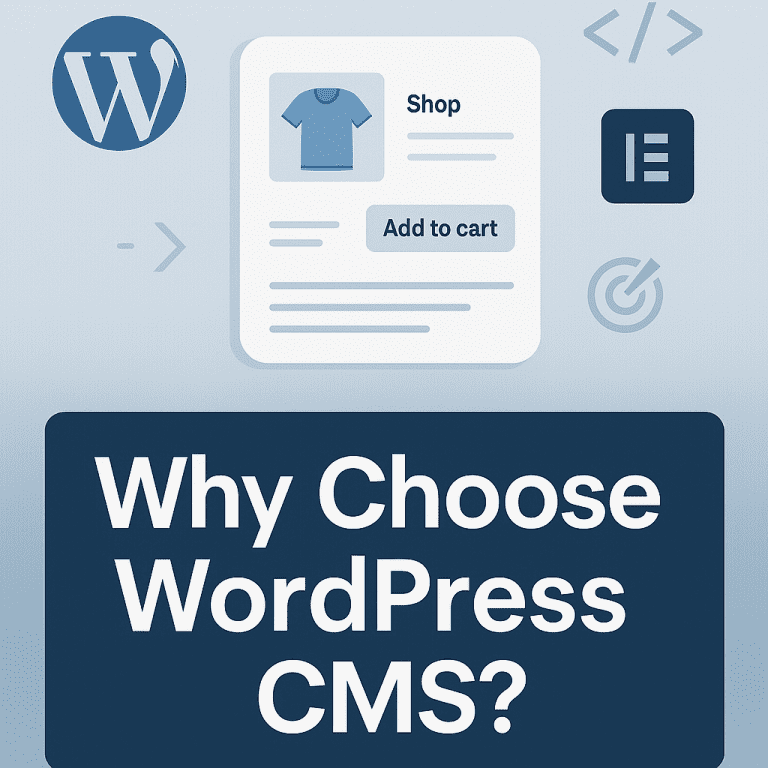On the web, speedy means strong. A visitor expects a page to appear at lightning speed — and if not, they’ve left. The catch-all trap: programmers can make it faster at the cost of cutting back on designs, cutting out animation, or stifling interactive features.
As a seasoned WordPress coder, I’ve found myself to believe in a better path — the path where your webpage loads quickly without sacrificing aesthetics or user satisfaction.
In this post, I’ll tell you how I make WordPress fast without losing any detail of your design and style.
Speed Matters in WordPress
Fast sites aren’t a nice-to-have — they have a direct impact on:
- Search rankings (faster sites get rewarded by Google)
- Bounce rates (slow sites lose visitors quickly)
- Conversion rates (faster sites convert more visitors)
- Mobile experience (mobile visitors expect lightweight performance)
That’s why WordPress speed optimization is a priority — for SEO, for users, and for your business.
My Clean Approach to WordPress Speed Optimization
- Full Performance Analysis
I always start with a full audit using:
- Google PageSpeed Insights
- GTmetrix
- WebPageTest
This gives a good idea of what’s holding things back — from image sizes to render-blocking scripts.
Optimize Images Without Losing Quality
Images are usually the biggest culprits. I employ:
- WebP format for modern compression
- Lazy load below-the-fold content
- Future-proof tools like TinyPNG or ShortPixel
Your images stay sharp, but your site lightens and accelerates.
Optimize & Merge Assets
I reduce the number and size of:
- CSS files
- JavaScript files
- Font and icon sets
This saves time loading without changing your design or breaking your interactive elements.
Intelligent Caching + CDN
I include page caching and object caching through:
- WP Rocket
- LiteSpeed Cache
- Cloudflare CDN
This optimizes repeat load times and delivers global speed — without altering your design.
JavaScript Defer & Asset Control
Too much unnecessary loading is done by most themes and plugins. I defer unnecessary ones and use selective loading for scripts and styles — keeping only what’s needed for each page.This approach speeds things up without losing all front-end effects like sliders, tabs, and transitions.
Use Lightweight, Well-Coded Themes
Heavy themes are apt to be crammed with code you don’t need. My recommendation is:
- Custom-coded themes tailored to your features
- Lite themes like GeneratePress or Hello Elementor
This is quicker, more secure, and offers full design flexibility.
Plugin Optimization
Too many plugins = higher HTTP requests and collisions. I:
- Uninstall duplicate-functioning plugins
- Replace heavy plugins with lightweight ones
- Deactivate unused plugin assets on targeted pages
This reduces load and increases reliability — without compromising your site’s performance.
How I Maintain Design Integrity
Unlike other speed services, I protect:
- Header & footer designs
- Page animations
- Scroll effects
- Font sizes and spacing
- Elementor Pro or page builder settings
I personally review and test every section after optimization to make sure your site remains the same — just faster.
Real Results, Real Impact
A recent client had:
- Initial load time: 6.5 seconds
- Mobile PageSpeed score: 42
After full optimization:
- Final load time: 1.8 seconds
- Mobile score: 91
✅ Design intact
✅ SEO boosted
✅ User engagement up by 30% in the first week
Last Thoughts
You don’t have to give up a beautiful website or a fast one. With a good plan, you can have both.
Struggling with a slow WordPress site or afraid of messing up your design while optimizing — I can help you with that. Let’s get it moving, smartly. I’m here to help. Let’s speed things up, the smart way.
